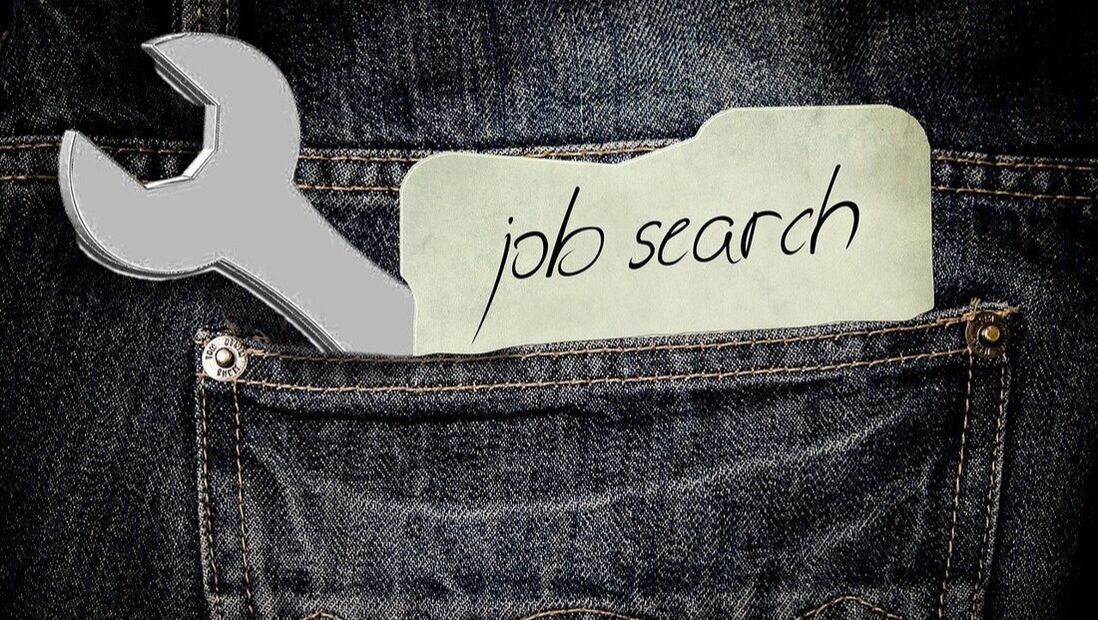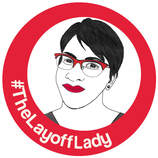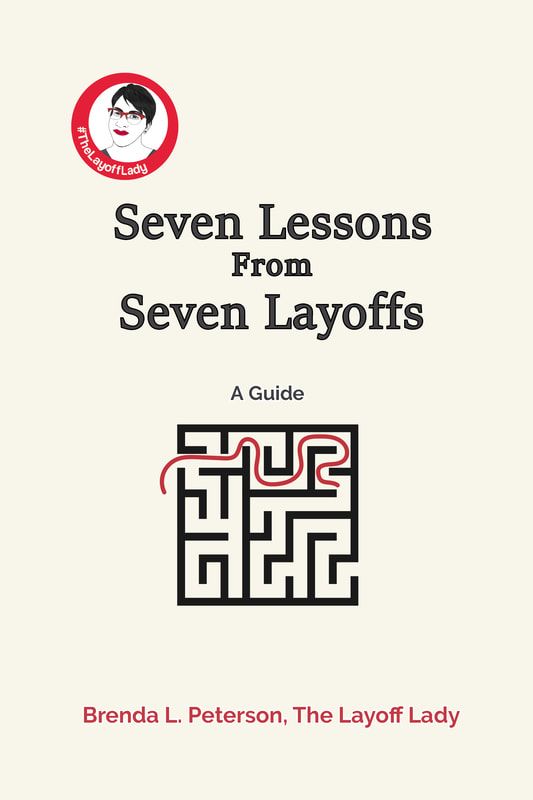|
By Brenda L. Peterson, The Layoff Lady Surprise! It's Layoff #5!In 2019, for the fifth time in my career, I found myself unexpectedly in a position where I needed to change jobs. The last time around, my position was suddenly eliminated on the day I returned from vacation. That was about two years before, and I was not expecting to have to do this again quite so soon. My Job Search NumbersThings moved a bit more quickly this time than I initially expected. Keep in mind, too, that about half of the jobs I applied for have not responded. In their defense, I was on and off the market pretty quickly. With that, here’s how this job search shaped up:
Differences From Previous Job SearchesMy last job search (after layoff #4) lasted 147 days. That's right. It was exactly 100 days longer. So what were the differences between these two job searches? What magic did I use to so quickly land a great new position? Time of YearFortunately (as I look at the bright side), I knew I needed to make a change in late September. I’ve found that being unemployed over the holidays nearly guarantees about an extra month or two of job searching (or, more likely, waiting). My last two job searches included the holiday season, lasting 180 and 147 days, respectively. My best advice is to take some time off from job searching over the holidays. This time around, when I estimated the possible length of my period of unemployment, I surmised that I would either secure a new position before Thanksgiving or I’d most likely be waiting to start a new role until February or March of next year. Getting a jump start, even by a couple of weeks, made a big difference. Position AvailabilityDuring layoff #1 and layoff #2, I lived in Madison, Wisconsin. While I love Madison as a city, as someone whose chosen profession is corporate training, I knew that I needed to move to a larger job market or consider doing something else for a living. In the middle of layoff #2, I started targeting companies in Minneapolis and planning a move. Even with the challenge of relocating (and managing all of the other areas of my life that were in transition right then), finding a new job took under five months. Being in the greater Twin Cities area, even with me being more selective on where to apply, I still had a lot of options. This gave me a better chance of one of the positions I applied for moving me along to the interview stage. I also learned to manage my job search anxiety by applying for additional positions each time I was concerned about not hearing back from one potential employer. Professional NetworkI started using LinkedIn seriously in 2006. Since then, I’ve connected with coworkers, members of professional development organizations, colleagues with whom I’ve interacted, and pretty much anyone who I encountered and found interesting. I stay active on social media sharing useful content and attend industry meetings on a regular basis. Having this robust professional network and assisting individuals in my network when they are job searching or exploring new fields of interest, has helped me immensely. When encountering a position that interested me, I immediately looked to my network to see who might be able to put in a good word for me and help me get pulled out of the initial pile of candidates. I have also had more than one “informal interview” with a possible referrer so they feel comfortable recommending me for a position. Since people are putting their reputations on the line, I don’t take their assistance for granted. Strong QualificationsI’m at the point in my career where I know what jobs interest me. I have good formal education, recent job titles that are well aligned with roles for which I’m applying, and I’ve stayed current on the industry. While having someone refer me for a position helps, I know I still need to be a well-qualified candidate. Those qualifications are what helps me get from a courtesy phone interview to being considered a viable candidate for an open role. Pure Dumb LuckThere is a certain amount of planetary alignment that happens whenever something good manages to actually happen. In this case, a company in a field that interests me (software) had an opening for which I was qualified, and I had a former coworker who was willing to refer me for the position. The quotes “The harder I work, the luckier I get” comes to mind as does “luck is preparation meeting opportunity.” Sometimes, timing is everything. Learn More
0 Comments
By Brenda L. Peterson, The Layoff Lady A Note About The NumbersAs a bona fide Excel nerd, and meticulous planner, I kept detailed records on my job search journey from layoff #4 through finding a new role. Here are a few statistical highlights of what on earth I did with myself in the months between when my previous role ended and starting a new job. I’m including several numbers in this article. Keep in mind that while I pride myself in my ability to count and do basic math, I’m dealing with a very small sample size. (See the “Learn More” section for issues that can be caused by having a small sample size when it comes statistical information.) This article can only barely be called “research” and is more appropriately described as me sharing my personal experience. With that disclaimer, on to the numbers! How Long Will This Take: Job Search Length
Please Look At My Resume: Applications Submitted
Now We're Talking: Interviews
I Know People: Referrals and Impact on Interview Likelihood
I Will Never Work Again: Job Search Low Points
Everything Works Out: Lessons Learned
Learn More |

Just get laid off?
Click here for info on what to do first. Author7-time layoff survivor Brenda L. Peterson, The Layoff Lady, waxes poetic on layoffs, job transitions, & career resilience. Buy The Book!Were you recently laid off from your job and need a roadmap for what's next? Pick up a copy of my book, Seven Lessons From Seven Layoffs: A Guide!
Categories
All
Archives
July 2024
|






